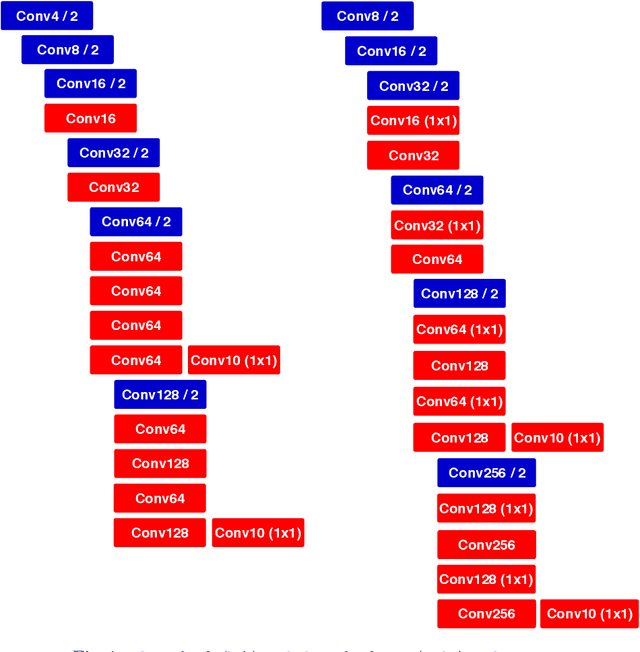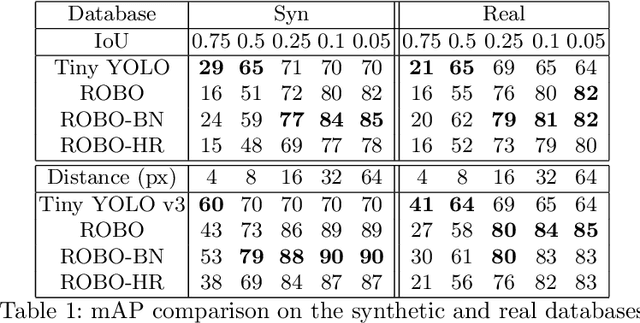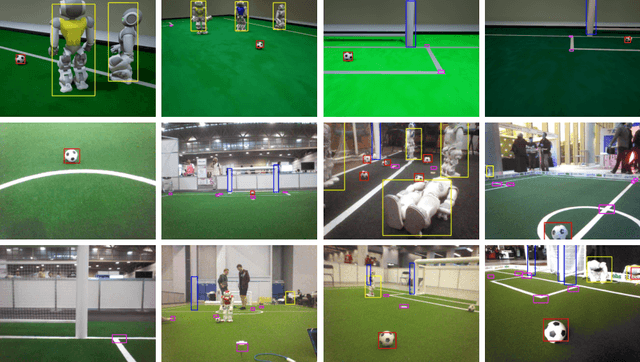Marton Szemenyei
Channel Attention Separable Convolution Network for Skin Lesion Segmentation
Sep 03, 2023Abstract:Skin cancer is a frequently occurring cancer in the human population, and it is very important to be able to diagnose malignant tumors in the body early. Lesion segmentation is crucial for monitoring the morphological changes of skin lesions, extracting features to localize and identify diseases to assist doctors in early diagnosis. Manual de-segmentation of dermoscopic images is error-prone and time-consuming, thus there is a pressing demand for precise and automated segmentation algorithms. Inspired by advanced mechanisms such as U-Net, DenseNet, Separable Convolution, Channel Attention, and Atrous Spatial Pyramid Pooling (ASPP), we propose a novel network called Channel Attention Separable Convolution Network (CASCN) for skin lesions segmentation. The proposed CASCN is evaluated on the PH2 dataset with limited images. Without excessive pre-/post-processing of images, CASCN achieves state-of-the-art performance on the PH2 dataset with Dice similarity coefficient of 0.9461 and accuracy of 0.9645.
ROBO: Robust, Fully Neural Object Detection for Robot Soccer
Oct 24, 2019



Abstract:Deep Learning has become exceptionally popular in the last few years due to its success in computer vision and other fields of AI. However, deep neural networks are computationally expensive, which limits their application in low power embedded systems, such as mobile robots. In this paper, an efficient neural network architecture is proposed for the problem of detecting relevant objects in robot soccer environments. The ROBO model's increase in efficiency is achieved by exploiting the peculiarities of the environment. Compared to the state-of-the-art Tiny YOLO model, the proposed network provides approximately 35 times decrease in run time, while achieving superior average precision, although at the cost of slightly worse localization accuracy.
 Add to Chrome
Add to Chrome Add to Firefox
Add to Firefox Add to Edge
Add to Edge